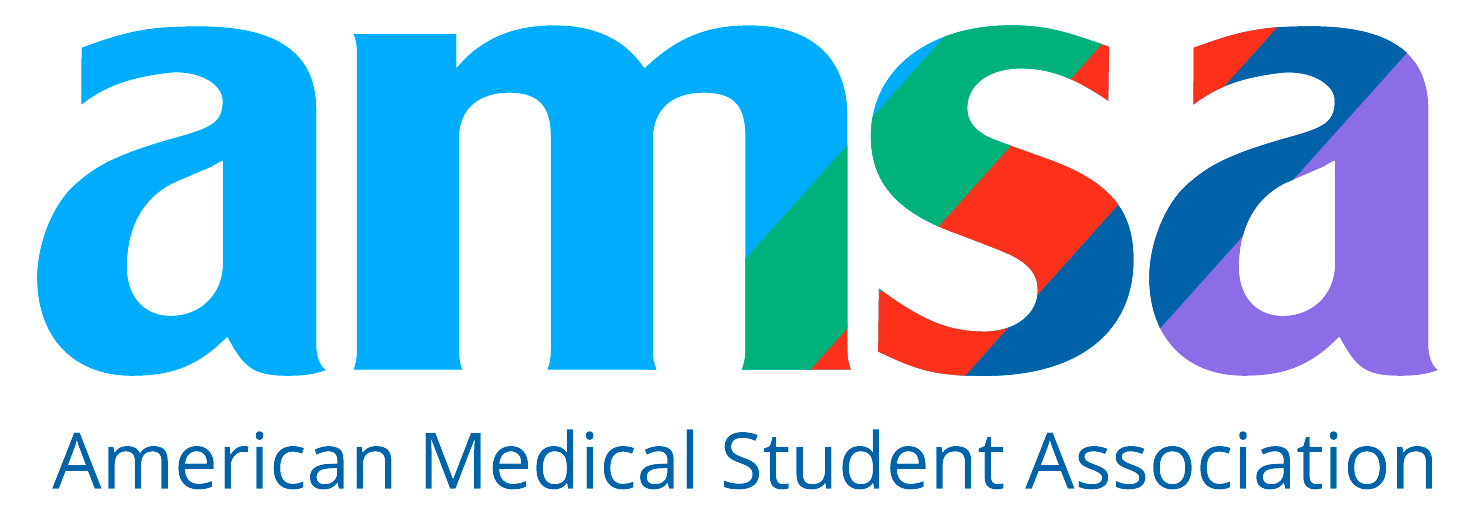MD vs DO in 2025: Key Differences, Admissions, and Which Path to Choose
Go-Elective Abroad
MD vs DO in 2025: Key Differences, Admissions, and Which Path to Choose
Aspiring doctors in the United States face an early and important decision: pursue an MD (Doctor of Medicine) or a DO (Doctor of Osteopathic Medicine)? Both are fully licensed physicians, and both degrees lead to a career in clinical practice, surgery, research, or teaching—but there are philosophical, structural, and practical differences that may make one a better fit depending on your interests and goals.
If you're trying to figure out where you stand, gaining real-world healthcare experience is one of the best ways to determine which path aligns with your values. Go Elective’s pre-med internships abroad can help you explore both MD- and DO-style care through immersive shadowing with licensed physicians.
Let’s break down the key distinctions, admissions criteria, and what you should consider before choosing your path.
Philosophical Approach: Treatment vs Prevention
MDs follow the allopathic model, which focuses on diagnosing and treating disease—typically through medications, procedures, or surgery. DOs, on the other hand, are trained in a holistic, patient-centered philosophy that emphasizes prevention, lifestyle, and the interconnectedness of the body’s systems.
DO students also receive 200+ hours of training in Osteopathic Manipulative Treatment (OMT), a hands-on therapy aimed at relieving pain, restoring mobility, and supporting the body’s natural healing processes. While both types of doctors will treat conditions like high blood pressure with diet, exercise, and medication, DOs may be more inclined to start with lifestyle interventions before prescribing.
Admissions Process and Statistics
While MD and DO programs have many overlapping prerequisites—such as a bachelor’s degree, strong GPA, MCAT scores, and coursework in sciences—the admissions process can differ in subtle ways.
According to the AAMC, over 51,900 students applied to MD programs for the 2024–2025 cycle, with about 23,000 matriculants. Meanwhile, AACOM reports nearly 22,000 applicants to DO programs, with around 8,900 matriculants. That places acceptance rates at roughly 44% for MD programs and 40% for DO programs.
DO schools often attract older, non-traditional applicants, though that’s changing as more recent graduates pursue osteopathic medicine. Still, applicants who view DO schools as a "fallback" option are often unsuccessful—these programs look for students who believe in their holistic mission.
Training and Curriculum: Similar but Not Identical
Both MD and DO students take foundational science courses during medical school, complete clinical rotations, and must pass national licensing exams. MDs take the USMLE, while DOs must pass the COMLEX, though many DOs opt to take the USMLE as well to expand their residency options.
DO students spend additional time learning OMT and may get more early exposure to primary care. Despite this, the quality of education and clinical preparation is similar, especially since both MD and DO graduates must meet the same clinical competencies to be licensed.
> Explore Go-Electives Pre Med Internships and Medical Elective Abroad
Residency Matching: A Unified System with Minor Differences
Since 2020, all residency programs in the U.S. operate under a single accreditation system managed by the ACGME, which means both MDs and DOs apply through the same match process.
According to the 2024 NRMP data:
- MDs matched at a rate of 91%
- DOs matched at a rate of 88%
While the gap is narrowing, MDs still dominate in some of the most competitive specialties such as dermatology, plastic surgery, and radiology. DOs are increasingly matching into specialties as well—AACOM reports that 35% of DOs now pursue specialty fields, up from 25% a decade ago.
Salary and Career Outlook
On average, MDs tend to earn slightly more—around $250,000 annually vs. $220,000 for DOs, according to Medscape’s 2024 Compensation Report. However, this is largely due to specialization choices. MDs often pursue higher-paying specialties, while DOs have historically gravitated toward primary care. As DOs increasingly enter specialty fields, this pay gap is expected to shrink.
Global Recognition and Practice Rights
MDs are recognized in nearly every country worldwide. DOs are licensed to practice in approximately 65 countries, and the list is expanding. As of 2025, countries like Australia, South Africa, and Canada have increased reciprocity agreements for U.S.-trained DOs, improving international mobility.
MD vs DO vs International Medical Degrees
Some students explore international MD degrees in the UK, Ireland, or the Caribbean. While graduates from these programs do enter U.S. residencies, match rates tend to be lower than for U.S.-trained MDs or DOs. Caribbean medical schools, for instance, report match rates between 50–75%, depending on the institution.
For highly competitive specialties, U.S.-trained MDs still have the strongest match outcomes. But for students focused on primary care, multiple pathways—including DO and some international programs—can lead to successful careers.
Which Path Is Right for You?
If you're drawn to the diagnostic, procedure-oriented, disease-treatment side of medicine, an MD may be the right fit. If you're more interested in holistic patient care, preventive health, and lifestyle medicine, the DO route may resonate more.
The best way to make this decision is through real clinical exposure. Go Elective’s medical internships provide shadowing across a wide range of specialties—from pediatrics and internal medicine to surgery and emergency care—in high-volume hospitals in Kenya and Tanzania. You’ll work alongside physicians trained in both allopathic and holistic approaches, giving you firsthand insight into how each model is applied in practice.
Explore Healthcare Internships Before You Choose
Gaining early exposure through Go Elective’s healthcare internships is one of the most effective ways to discover whether you're more aligned with the MD or DO path—or even another field like nursing, public health, or physician assistant.
Our programs offer:
- Clinical shadowing across departments
- Hands-on public health outreach
- Personalized mentorship and career guidance
- Cultural immersion and global health education
Whether you’re a college student, recent graduate, or career changer, our internships help you make informed decisions about your future in medicine—while making a real impact in underserved communities.
> Apply Here or contact us via hello@goelective.com
Article Details
Categories
Recent Articles , Pre-health, Medical Electives, Med Schools, Residency,
Author: Go-Elective Abroad
Date Published: Sep 7, 2025
Travel with us.
Inquire Today!
Go Elective offers immersive opportunities for medical students, pre-med undergraduates, residents, nursing practitioners, and PAs to gain guided invaluable experience in busy hospitals abroad. Discover the power of study, travel, and impact.






